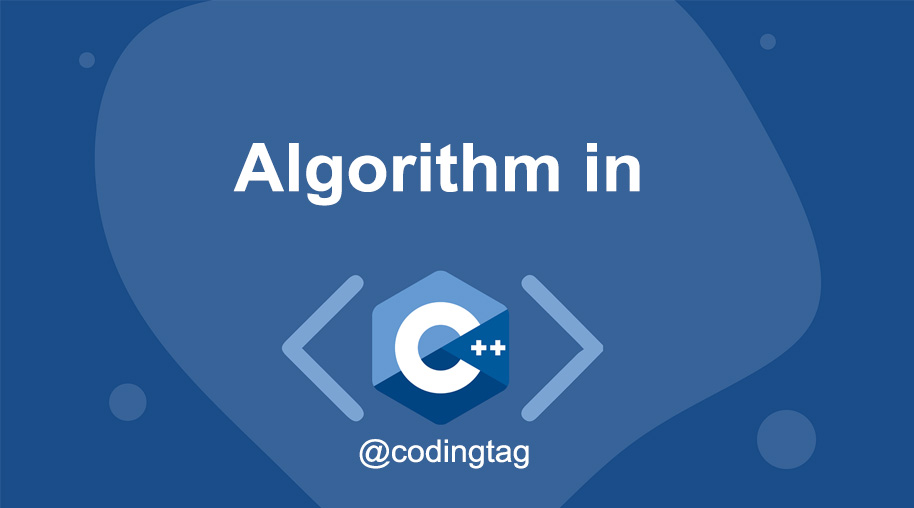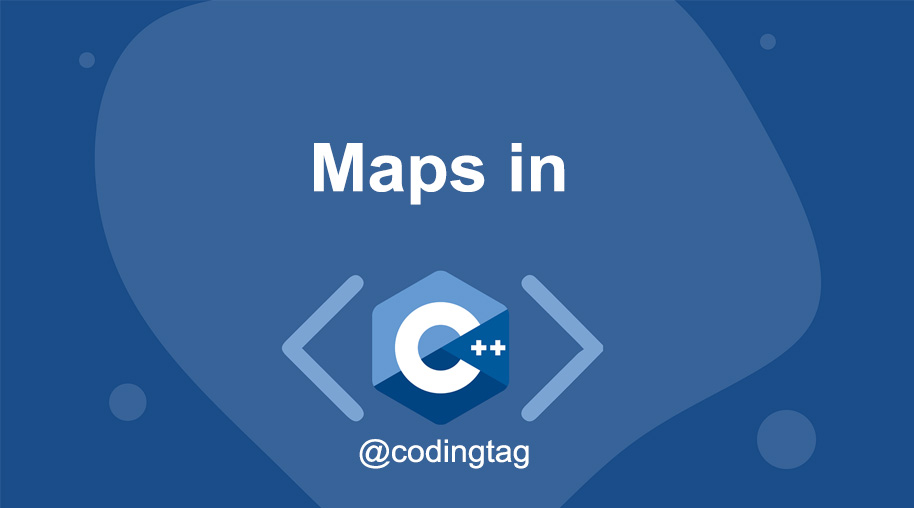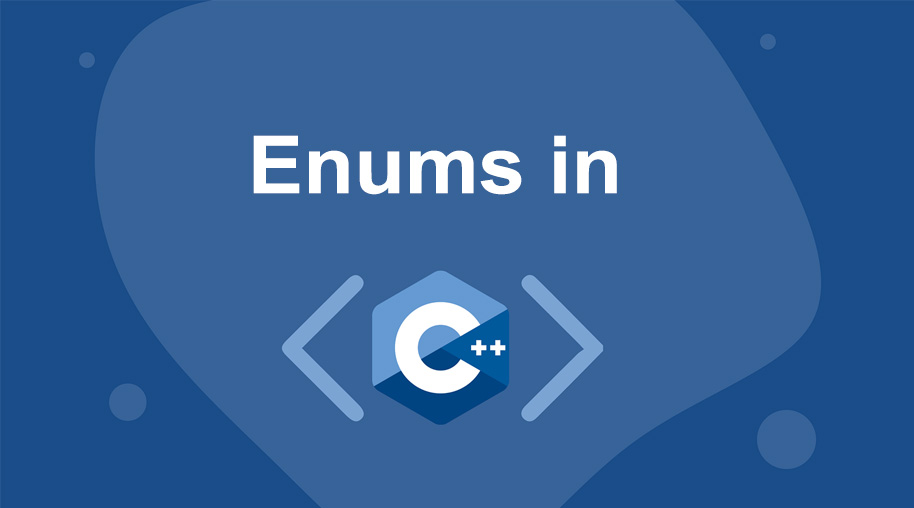Maps in C++
0 741
Maps in C++ are a powerful feature that allows you to store and manage data in the form of key-value pairs. These are part of the C++ Standard Library and offer a convenient way to associate a unique key with a corresponding value. In this guide, we'll explore the basics of using maps, common operations, and how they can benefit your C++ programs.
What are Maps in C++?
A map in C++ is an associative container that stores elements in the form of key-value pairs. Each key in a map is unique, and it is associated with a value. The map automatically sorts its elements by the key, making it easier to search and retrieve values.
Maps are implemented using a balanced binary search tree, which ensures that both the insertion and retrieval of elements happen in logarithmic time, providing efficient performance even with large datasets.
Declaring and Initializing Maps
To use a map in C++, you need to include the map header file. Here's how you can declare and initialize a map:
#include <map>
#include <iostream>
using namespace std;
int main() {
map<int, string> myMap;
myMap[1] = "Apple";
myMap[2] = "Banana";
myMap[3] = "Cherry";
return 0;
}In this example, the map stores integers as keys and strings as values. The syntax myMap[1] = "Apple" inserts a key-value pair into the map.
Common Operations with Maps
Maps offer several operations to manipulate and retrieve data efficiently. Let's discuss some of the key operations you can perform with a map in C++:
- Insertion: To insert new elements, you can use the
insert()or the bracket operator[].
myMap.insert(pair<int, string>(4, "Date"));
myMap[5] = "Elderberry";erase() method, either by specifying a key or by providing an iterator.myMap.erase(3); // Removes the key-value pair with key 3find() method, which returns an iterator to the element if found, or to end() if not found.auto it = myMap.find(2);
if (it != myMap.end()) {
cout << "Found: " << it->second << endl;
}size() method.cout << "Size: " << myMap.size() << endl;Iterating Through a Map
Maps support iteration, which allows you to access each key-value pair in the map. You can use iterators or range-based for loops to go through the elements:
for (auto it = myMap.begin(); it != myMap.end(); ++it) {
cout << it->first << ": " << it->second << endl;
}Example of Using Maps in C++
Here's a complete example that demonstrates map operations such as insertion, searching, and iteration:
#include <iostream>
#include <map>
using namespace std;
int main() {
map<int, string> fruitMap;
// Inserting elements
fruitMap[1] = "Apple";
fruitMap[2] = "Banana";
fruitMap[3] = "Cherry";
// Searching for a key
if (fruitMap.find(2) != fruitMap.end()) {
cout << "Found: " << fruitMap[2] << endl;
}
// Iterating through the map
for (auto &entry : fruitMap) {
cout << entry.first << ": " << entry.second << endl;
}
return 0;
}Advantages of Using Maps
- Efficient Search: Searching for elements in a map is efficient due to the underlying binary search tree structure, with a time complexity of O(log n).
- Automatic Sorting: Maps automatically store their elements in sorted order based on the keys, making them ideal for tasks that require ordered data.
- Unique Keys: Each key in a map must be unique, which ensures no duplicates in your data and makes it easy to associate distinct values with each key.
Conclusion
In conclusion, maps in C++ are versatile containers that provide a powerful way to store and manage data in key-value pairs. With their efficient operations for insertion, deletion, searching, and iteration, maps are invaluable for a wide range of applications. By mastering maps, you can write more efficient and organized C++ programs.
For dedicated UPSC exam preparation, we highly recommend visiting www.iasmania.com. It offers well-structured resources, current affairs, and subject-wise notes tailored specifically for aspirants. Start your journey today!

Share:








Comments
Waiting for your comments